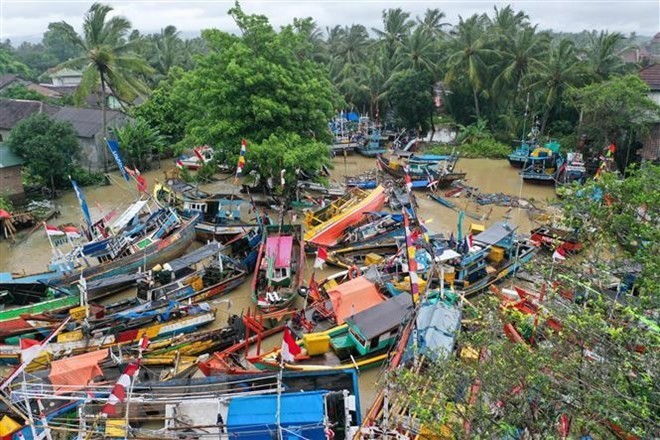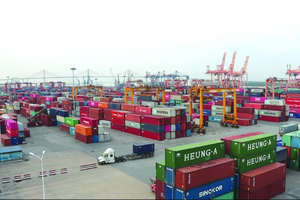
Indonesian Minister of Finance Sri Mulyani Indrawati said on January 8 that the government spent more than 7 trillion rupiah on disaster mitigation in 2018. The budget fund did not only go to the National Disaster Mitigation Board (BNPB) but also financed other related activities.
The Indonesian Government also plans to form pooling fund, through which it pools fund from each region for disaster mitigation efforts, she said.
To carry out disaster mitigation programmes, the Indonesian Government has also learned from the Philippines, which is frequently affected by typhoons, and Latin American countries, which are often struck by earthquakes, the minister revealed.
The Government of Indonesia began to prepare a disaster insurance mechanism by setting aside 1 trillion rupiah worth of pooling fund to speed up the recovery of the affected areas.
The fund can be disbursed by taking into account the extent of natural disasters, including the number of victims and the amount of material losses.
The Southeast Asian country suffered its deadliest year in over a decade in 2018, when over 3,000 people died in tsunamis and earthquakes in Sulawesi, Lombok, and West Java and Sumatra islands.
Last month, 437 people were killed along the coasts of the Sunda Strait after a landslide on Anak Krakatau volcano sent waves up to five meters high crashing into western Java and southern Sumatra.
This followed a double quake-and-tsunami disaster in Sulawesi that killed over 2,000 people in September, and a series of major earthquakes that flattened much of the northern coast of the holiday island of Lombok in August.
Indonesia straddles the seismically active Pacific Ring of Fire and sees frequent earthquakes, volcanic eruptions, tsunami, and localized incidents like landslides, floods, and forest fires.
























